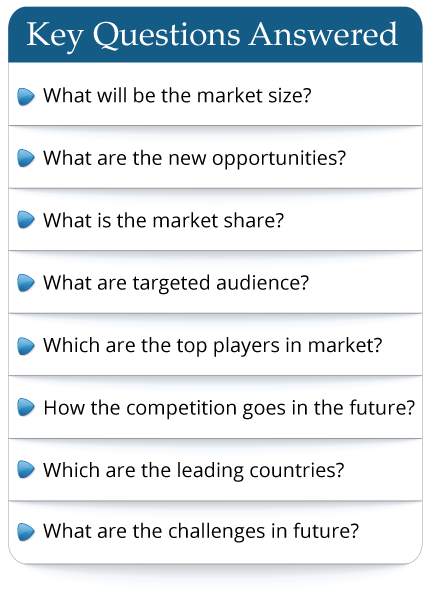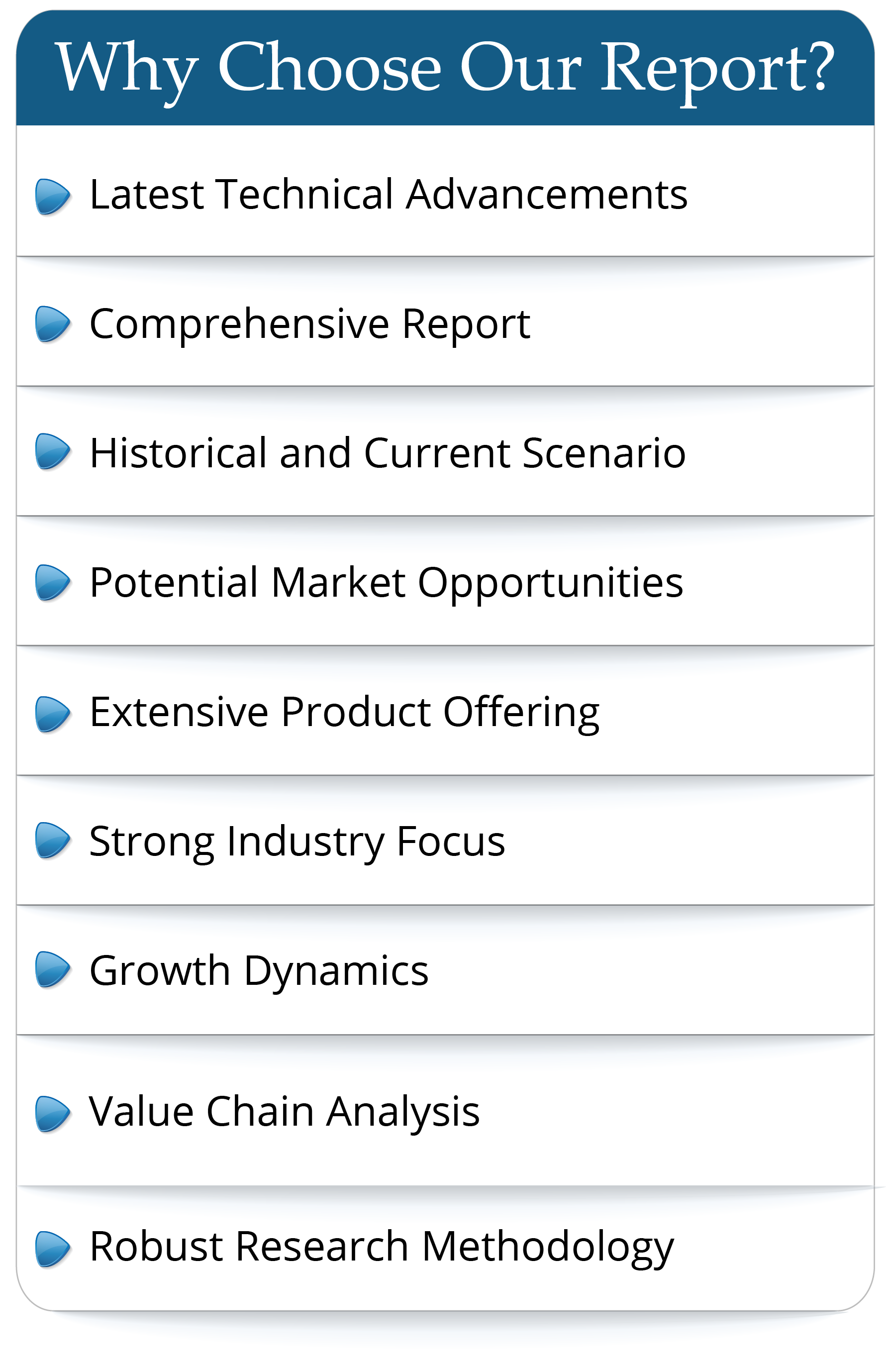Cell and Gene Therapy MARKET OVERVIEW
The global Cell and Gene Therapy Market size was valued approximately USD 2.81 Billion in 2025 and will touch USD 6.09 Billion by 2034, growing at a compound annual growth rate (CAGR) of 8.97% from 2025 to 2034.
Cell and Gene Therapy is a rapidly advancing field in medicine, aimed at treating or even curing diseases by altering the genetic material within a patient's cells. It uses cutting-edge technology, such as CRISPR and viral vectors, to modify genes or replace faulty genes with healthy ones, offering potential treatments for conditions like cancer, genetic disorders, and autoimmune diseases. These therapies are gaining traction in clinical trials and are becoming increasingly important in personalized medicine. With breakthroughs in research, there's growing potential to address previously untreatable diseases, making Cell and Gene Therapy a key area for future medical innovation.
IMPACT OF KEY GLOBAL EVENTS
"AI Advancements Driving Growth in Cell and Gene Therapy"
The rapid development of artificial intelligence (AI) is significantly accelerating progress in the Cell and Gene Therapy market. AI's ability to analyze vast amounts of genetic data quickly is helping researchers identify potential therapeutic targets more efficiently, allowing for faster development of personalized treatments. AI-powered tools are also enhancing gene editing technologies, like CRISPR, by predicting the most effective genetic modifications for treating specific diseases. As AI continues to advance, its role in optimizing the design and testing of gene therapies will likely streamline the process, reducing costs and time to market, and potentially opening the door for new, life-saving treatments.
LATEST TREND
"Advancements in Targeted Cell and Gene Therapy Technologies"
The Cell and Gene Therapy market is witnessing a notable trend towards more targeted and personalized treatments. There is growing interest in therapies designed to specifically address genetic disorders by editing or replacing faulty genes at the molecular level. This trend is fueled by advancements in gene-editing technologies like CRISPR and improvements in viral vectors used for gene delivery. As a result, treatments are becoming more precise, offering potential cures for previously untreatable diseases. The integration of AI and machine learning is also playing a key role in improving the accuracy of gene therapies by helping researchers identify the best possible therapeutic targets, further accelerating the development of these cutting-edge treatments.
Cell and Gene Therapy MARKET SEGMENTATION
By Type
Based on Type, the global Cell and Gene Therapy market can be categorized into: Cell Therapy and Gene Therapy.
- Cell Therapy: Cell therapy involves the use of living cells to treat diseases or disorders. This therapy can be broken down into two main types: autologous and allogeneic. In autologous therapy, a patient's own cells are used, while in allogeneic therapy, cells from a donor are used. The primary goal of cell therapy is to repair or replace damaged tissues and cells, particularly for conditions like cancer, autoimmune diseases, and degenerative disorders. Stem cell therapy is one of the most prominent forms of cell therapy, offering potential treatments for conditions such as Parkinson's disease, heart disease, and spinal cord injuries.
- Gene Therapy: Gene therapy involves the modification or replacement of a patient's genetic material to treat or prevent disease. This can be done by introducing a healthy copy of a gene into a patient's cells or by using techniques like CRISPR to directly edit genes. Gene therapy has shown great promise in treating genetic disorders like cystic fibrosis, hemophilia, and sickle cell disease. The therapy can be administered through viral vectors or non-viral methods, allowing for the delivery of therapeutic genes into the target cells. As gene editing technology continues to advance, gene therapy is expected to expand into a broader range of applications, including cancer treatment and age-related diseases.
By Application
Based on application, the global Cell and Gene Therapy market can be categorized into: Hospitals and Cancer Care Centers.
- Hospitals: Hospitals are central to the use of cell and gene therapies, particularly for treating conditions like blood cancers and genetic disorders. Stem cell therapies and gene therapies, such as CRISPR-based treatments, are increasingly being administered in hospitals. These therapies are often part of clinical trials and personalized treatment plans, driven by advances in medical technology and a growing focus on precision medicine.
- Cancer Care Centers: Cancer care centers are adopting cell and gene therapies to treat various cancers, including through cutting-edge treatments like CAR-T therapy. These centers focus on tailoring therapies to individual patients, using advanced cell modification techniques to improve immune response against cancer. As the demand for personalized cancer treatments grows, these centers are becoming key players in the application of cell and gene therapies in oncology.
MARKET DYNAMICS
Market dynamics include driving and restraining factors, opportunities and challenges stating the market conditions.
Driving Factors
"Advancements in Personalized Medicine Drive Growth in Cell and Gene Therapy Market"
The rising focus on personalized medicine is a key driver of the global Cell and Gene Therapy market. As advancements in genomics and biotechnology progress, therapies that are tailored to individual patients are becoming more effective and accessible. These innovations, combined with increased investments from both public and private sectors, are accelerating the development of therapies for previously untreatable conditions. The growing demand for precision treatments in areas such as cancer, genetic disorders, and immune system diseases is significantly contributing to the expansion of the market. Additionally, ongoing improvements in gene-editing technologies and cell modification techniques are further fueling the adoption of these therapies across healthcare systems globally.
Restraining Factor
"High Development Costs and Regulatory Hurdles Limit Market Expansion"
A major limted in the Cell and Gene Therapy market is the high cost of research, development, and clinical trials. Developing these therapies requires significant investment in advanced technologies and highly specialized expertise, which can be prohibitively expensive for many companies. Additionally, the stringent regulatory requirements for approval in different regions, along with the long and costly approval process, delay the availability of these treatments to patients. These financial and regulatory barriers hinder the ability of smaller biotech firms to enter the market and slow the overall growth of the industry, limiting the accessibility of innovative therapies to a broader population.
Opportunity
"Expanding Market with Advancements in Technology and Personalized Medicine"
The Cell and Gene Therapy market is poised for significant growth due to advances in technology and the increasing focus on personalized medicine. Innovations in gene-editing tools like CRISPR, along with breakthroughs in delivery methods such as viral vectors and nanoparticles, are enhancing the precision and efficacy of these therapies. With an aging global population and a rising prevalence of chronic diseases, there is growing demand for targeted treatments that can address the root causes of genetic disorders and cancers. By focusing on expanding research into new indications and improving therapy accessibility, companies in this space have a unique opportunity to capture a larger share of the market, particularly in areas like oncology, rare diseases, and immune disorders.
Challenge
"Challenges in Widespread Adoption of Cell and Gene Therapy"
One of the key challenges facing the Cell and Gene Therapy market is the high cost of development and treatment, which can limit accessibility, especially in low-income regions. The complex nature of these therapies requires significant investments in research, clinical trials, and specialized manufacturing processes. Additionally, the regulatory hurdles for approval are substantial, with therapies often facing long, costly approval timelines. This can delay patient access to potentially life-saving treatments. Moreover, the need for highly skilled personnel and specialized facilities further raises operational costs, making it difficult for smaller companies or healthcare providers to implement these therapies on a larger scale.
Cell and Gene Therapy MARKET REGIONAL INSIGHTS
North America
The North American market for Cell and Gene Therapy is growing rapidly, driven by strong investments in R&D and support from regulatory bodies like the FDA. The U.S. leads with numerous biotech companies focused on gene editing and cell-based treatments, making it a key player in the global market. The increasing demand for treatments for rare and chronic diseases, alongside fast-track approvals, is propelling market growth.
Europe
Europe's Cell and Gene Therapy market is expanding, especially in the UK, Germany, and Switzerland. The European Medicines Agency (EMA) supports the approval of gene therapies, and strong research capabilities are driving innovation. However, varying healthcare systems and cost concerns in some countries can slow adoption. Despite this, Europe remains a vital hub for advancing gene therapies.
Asia-Pacific
Asia-Pacific is experiencing rapid growth, with China, Japan, and India leading the way. China's heavy investment in biotechnology and evolving regulatory environment is accelerating its market position. Japan's supportive framework for regenerative medicine also boosts growth. However, regional challenges like healthcare access and regulatory differences may slow adoption, though opportunities remain strong as healthcare systems improve.
KEY INDUSTRY PLAYERS
"Market Movers in Cell and Gene Therapy: Innovation and Expansion"
Major players in the Cell and Gene Therapy market are investing heavily in R&D to develop more effective treatments, focusing on innovations like CRISPR gene editing and personalized cell therapies. These companies are expanding their reach into emerging markets, such as Asia-Pacific, where healthcare advancements are growing rapidly. Strategic partnerships with hospitals, biotech firms, and governments are helping them scale up production and distribution. Additionally, companies are diversifying their portfolios to include therapies for a broader range of conditions, driving market growth.
List of Top Cell and Gene Therapy Market Companies
- Helixmith Co. Ltd.
- JCR Pharmaceuticals Co. Ltd.
- Kolon TissueGene Inc.
- Novartis AG
- Pfizer Inc.
REPORT COVERAGE
The research presents a thorough SWOT analysis, shedding light on potential future market trends. It looks into the elements that are driving market growth, covering various market segments and possible applications that could influence its future direction. The analysis considers both current market dynamics and past significant changes, offering a complete grasp of the market's structure and highlighting areas with growth potential.
The Cell and Gene Therapy market is expected to see continued growth, fueled by advancements in genetic editing technologies, rising demand for personalized treatments, and increasing healthcare investments globally. Despite challenges like high production costs and regulatory hurdles, the market benefits from growing patient populations and the focus on curing genetic disorders. Key players are capitalizing on technological innovations and strategic collaborations to enhance product offerings and expand their reach. As the field matures, the Cell and Gene Therapy market is poised for long-term growth, with promising opportunities in emerging markets and new therapeutic areas.
Frequently Asked Questions
- By product type
- By End User/Applications
- By Technology
- By Region

 Pre-order Enquiry
Pre-order Enquiry Request Free Sample
Request Free Sample












